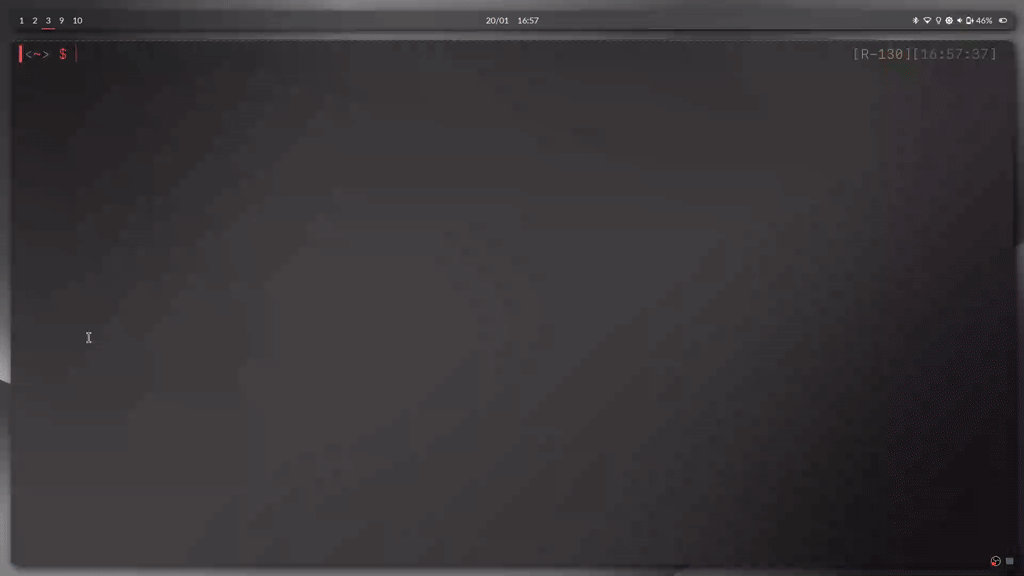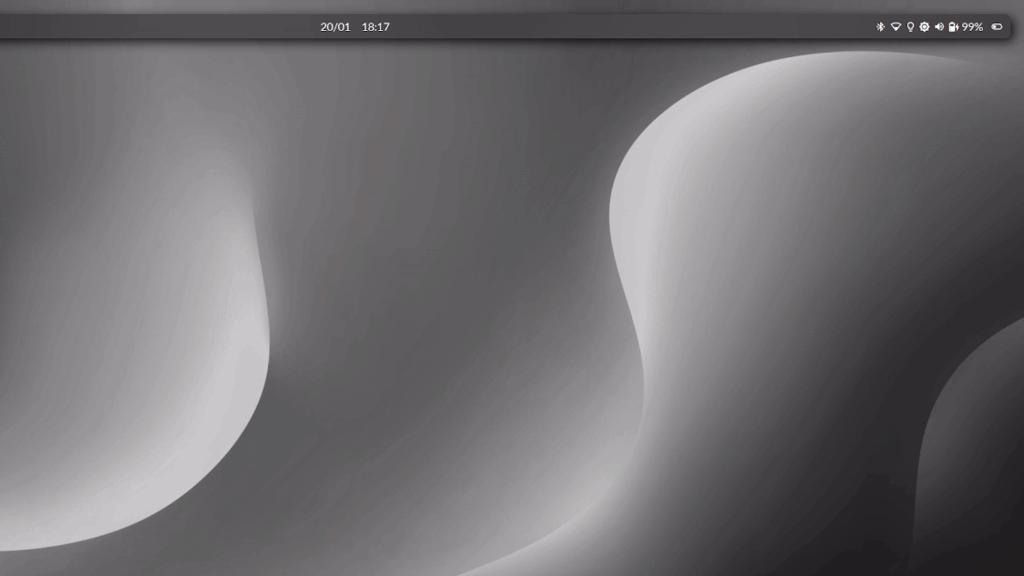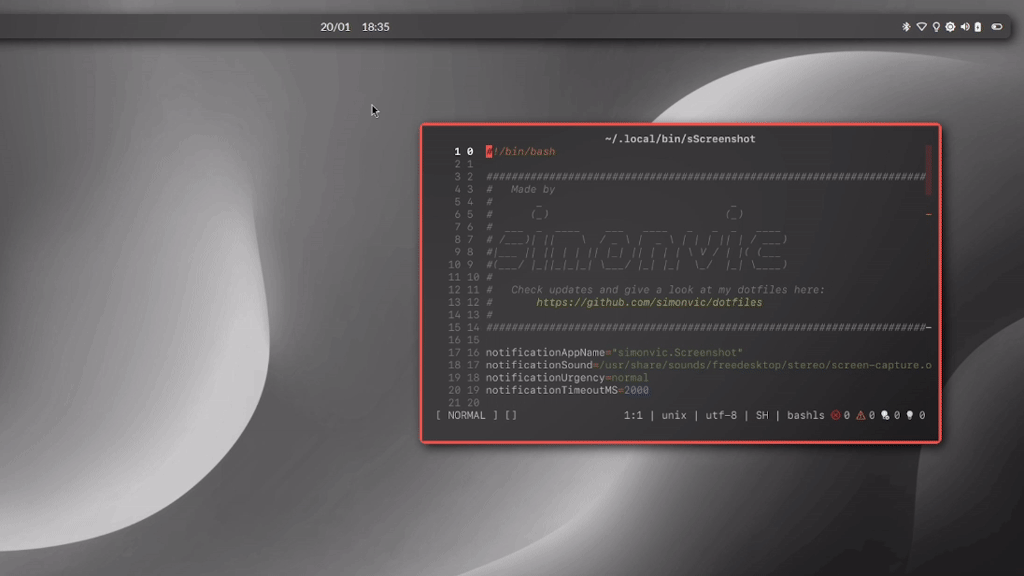This repository is not just a rice. In ./local/bin/ you can find many utilities (written completely in sh)
which make the everyday usage of your Linux environment easier and faster, while getting the most out of
popular softwares among Linux rices (e.g. Polybar, Rofi, Dunst, i3 etc.).
These utilities have been made to be easily configurable. For a more in-depth guide visit the scripts wiki
For a guide on how to use them either check the wiki
or just launch them with the help option. Example:
$ sPolybarctl help
Make sure to visit the Wiki to have a full overview of what my workflow can offer
Main requirements:
- i3: the tiling window manager with gaps
- i3lock-color : Used to lock the screen
- Polybar : show bars with various information
- Dunst : notifications daemon
- Rofi : application launcher
- more...
Visit the installation guide for a more in-depth explanation
sLockscreenctl has plenty of options to tweak as you like
Rofi themes have been made to be easily configurable and expansible. The config file and thems are structured like this:
|_ config (defines rofi behaviour, components and default base UI layout/structure)
|_ Theme (defines UI layout and structure)
|_ Style (defines UI components color and text font)
|_ Fonts (defines a set of fonts)
|_ Palette (defines a color palette)
A Theme (e.g. fullscreen.rasi, reverse.rasi, window_reverse.rasi etc) only takes care
of how the UI components are structured and arranged. It imports a Style.
A Style defines text fonts, imported from a Fonts, and the colors of the components, imported from a Palette
sPolybarctl will manage your polybars.
It can launch, show, hide or toggle them. It also serves as a wrapper for polybar-msg for ipc calls.
The main feature is that you can interact with polybars using their name, like so:
$ sPolybarctl show myFirstBar # make visible "myFirstBar"
$ sPolybarctl toggle mySecondBar # toggle visibility state for "mySecondBar"
$ sPolybarctl hide # if no polybar name specified, the command will be issued to all polybars
$ sPolybarctl message "action #date.toggle" # simulate the toggle action on date modules
sPlayerctl will help you manage your music! It also supports custom icon arts (album icon, youtube thumbnail, etc.)
The coolest feature is that you can select the player you wish to control via cli
$ sPlayerctl select-player set spotify
... or even better with Dunst and Rofi
With sWifi you can quickly scan for WiFi signals, filter and connect to them with few keystrokes.
sScreenshot allows you to take area or full screenshot, copy it to clipboard and paste it anywhere.
Nothing special here. sVolumectl and sMicrophonectl allows you to change the volume of the speakers and microphone while showing a dunst notification with a personalizable bar
sBrightnessctl will adjust the brightness and manage redshift temperature.
sTodo is a minimal TODO list manager, which can also show a popup with dunst
My workflow is 100% keyboard-driven as I have everything at the tip of my fingers.
Check out my default keybindings for more




























